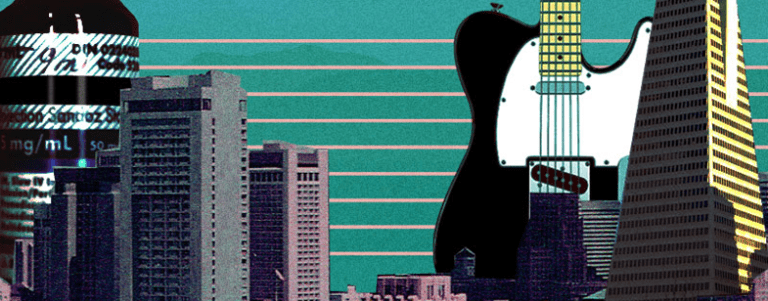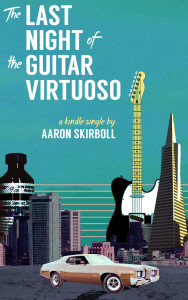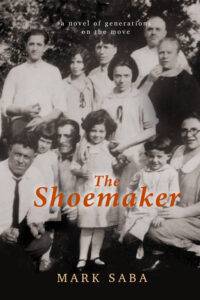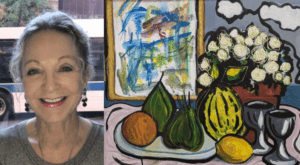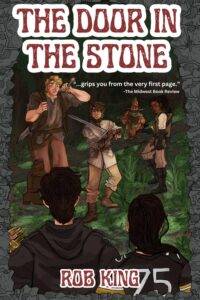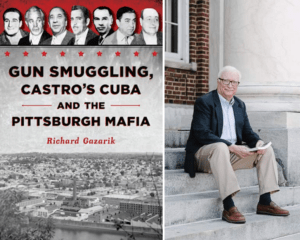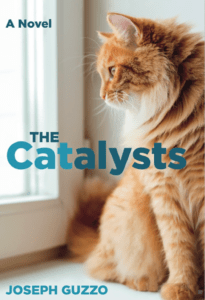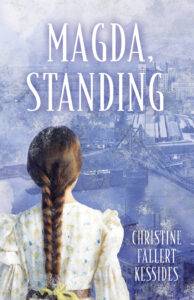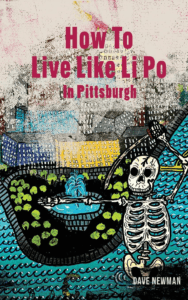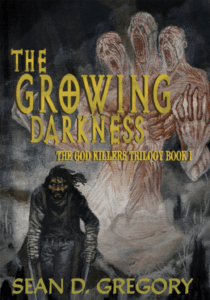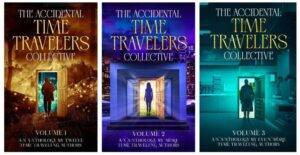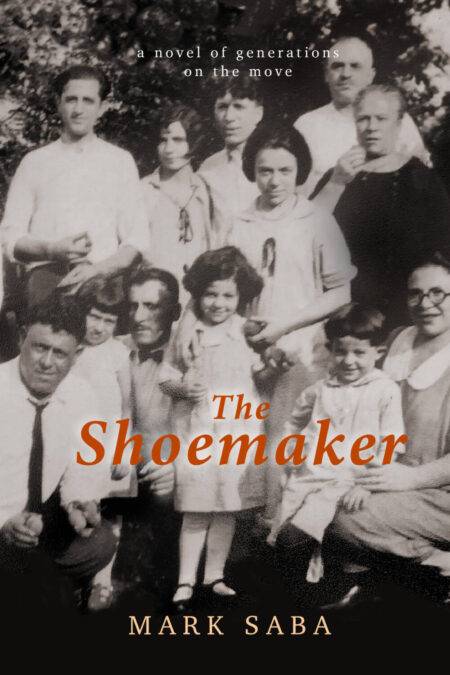Littsburgh is thrilled to share this excerpt from The Last Night of the Guitar Virtuoso, a nonfiction short by Pittsburgh’s Aaron Skirboll.
“On a search to find answers to the unsolved death of a renowned blues guitarist, Aaron Skirboll unveils an under-appreciated American icon: Michael Bloomfield. Though today his name is hardly remembered, it’s Bloomfield’s guitar that glides through ‘Like a Rolling Stone,’ killed folk, and ushered in the age of psychedelia, and it’s his initiative that put Chicago legends Muddy Waters, Howling Wolf, and B.B. King in front of white audiences for the first time. The Last Night of the Guitar Virtuoso tells the story of the man before Clapton, Hendrix, Allman, or Page—the original guitar hero—Michael Bloomfield.”
Aaron Skirboll is a journalist and author of The Pittsburgh Cocaine Seven: How a Ragtag Group of Fans Took the Fall for Major League Baseball and The Thief-Taker Hangings: How Daniel Defoe, Jonathan Wild, and Jack Sheppard Captivated London and Created the Celebrity Criminal. Recently his work has appeared in the Smithsonian Magazine, Huffington Post, and Belt Magazine.
Part One: Cocaine and Methamphetamine
“The funeral services were held in San Francisco.…[The service] consisted of every type of human form you can imagine: musicians, fans, friends, promoters, pushers, hookers, deli countermen, the down and out. They all came to say good-bye.”
—Allen Bloomfield in Michael Bloomfield: If You Love These Blues: An Oral History
The details of his death remain murky. It’s been thirty-five years since that shadowy last night of Michael Bloomfield’s life. Apart from the people with him—the names of whom have never surfaced—nobody is exactly sure how or why he died. His body was discovered on a Sunday morning behind the wheel and locked doors of his beige ’71 Mercury on a San Francisco side street. Dewey Boulevard was on the outskirts of town, in a quiet neighborhood called Forest Hills where little action was to be found. On the backseat of the Mercury, there was a coat with an empty bottle of Valium in the pocket, though friends say this appeared as if it had been planted. There was no identification on his body. He was sent to the morgue as John Doe #15. It was 11:00 a.m. on February 15, 1981. The morning after Valentine’s Day.
A 2015 inductee of the Rock and Roll Hall of Fame as part of the Butterfield Blues Band, Michael Bloomfield was only thirty-seven years old when he died.
Bloomfield spent the night of Friday, February 13 with close friend and producer Norman Dayron, according to published reports following his death in 1981. Dayron recalled to Rolling Stone magazine that Bloomfield played Duke Ellington’s “Mood Indigo” over and over again at a party they attended, a song he had recorded for his 1977 album Analine. His whereabouts on February 14 remain unknown. His girlfriend Christie Svane’s mother had been staying with him at his house on Reed Street in Mill Valley north of San Francisco. There was always somebody at the house. Michael, the nice guy, could never say no. Svane recalls her mother was suffering from migraines at the time; she needed the home dark, the blinds drawn, and quiet, so no jamming. This kept Michael from the home on occasion during this period.
On February 16 the headline in the San Francisco Chronicle read: “GUITARIST BLOOMFIELD FOUND DEAD.”
His funeral was held at the Sinai Memorial Chapel on Divisadero, not far from where his body had been discovered. As could be expected, many musicians were present to pay their respects. There was also a host of everyday people who showed up, the men and women he encountered on a daily basis. He had a way of touching those he came in contact with. Status was hardly relevant when it came to Michael. Everyone he encountered was equally important. And even more so than a record executive suit, he preferred the deli worker. The mailman. The man on the street.
“He had a habit of turning the conversation around,” says Svane. “Whenever someone tried to converse with him about stardom or how great he was—he wanted to talk about you.” So often he spent his time trying to convince others of their own importance. That he was no better. He abhorred talking about himself.
More than anything else, more than his astounding contribution to music, this is the trait that stands out and epitomizes the person I’ve studied. Anyone and everyone could have been Bloomfield’s friend. He had all the time in the world to get to know you. At least that’s the way he made people feel.
After San Francisco it was on to Los Angeles, a town Bloomfield hated, where he was laid to rest in his family’s crypt at Hillside Memorial Park.
Immediate postulation pointed towards a drug overdose as the cause of death. Bloomfield had an ongoing junk habit (the extent of which, depending on who you talk with today, scales from not even a problem—a diversion—to, well, every possible step thereafter). To get off heroin he’d made a late-in-life decision to become a drunk. Gin was his poison. He’d drink himself straight; that was the plan. He decided to go at it as so many of his blues predecessors went at it— hard-drinking and hard-living. It was something he’d witnessed so many times throughout his life. Instead, Bloomfield only drank himself into a stupor.
When the autopsy results were revealed on April 6, 1981 and the cause of death indeed came back as an overdose, nobody was particularly shocked. When it was more precisely attributed to “Cocaine and Methamphetamine Poisoning,” however, that’s when everyone who knew him was thrown for a loop. This made little sense. Among the myriad of ideas, beliefs, and theories I’ve heard about Bloomfield, one constant has been that he had little use or desire for cocaine. He was already up, constantly moving, talking, verging on manic. Bloomfield’s brother, Allen, said Michael using cocaine would have been the equivalent of a pyromaniac playing with matches.
Legendary San Francisco Chronicle music journalist Joel Selvin remembers Bloomfield fondly. Following the musician’s death, Selvin tried to piece things together. He was as shocked as anyone else by the cause of death:
The whole thing was kind of strange when it went down, but it got super strange when I got the coroner’s report and the cause of death was cocaine poisoning. Now Mike Bloomfield had a lot of drug problems. Mike Bloomfield did not use cocaine. His whole drug thing was around his inability to keep his mind quiet, he was an insomniac, he was tortured, he had hyper vigilance, he couldn’t stop talking. He shot dope because it was really the only way he could find any kind of quiet. Cocaine was not his scene. I was like, what the fuck? Cocaine poisoning? That’s impossible.
What was a sometime dope user—a guy who was so up he needed drugs to come down—what was he doing dying with a body full of speed? And what was he doing all alone on the quiet side of town, for that matter? It’s been thirty-five years and there’s still no answer.
A new investigation into the death of Michael Bloomfield sheds light on the circumstances of the night of his death. But in my search to solve the mystery of how Bloomfield died, what was revealed to me—which is much more important—was a fresh look at Bloomfield’s incredible life. Bloomfield is an overlooked contributor and shaper of American music, both blues and rock and roll. An underappreciated American icon with a singular personality to match. Drugs were a small part of his life. Talent was not.
His story is not about death, but life.
This excerpt published here courtesy of the author.
For more information, visit aaronskirboll.com.


